By Rosemary Lord
 Did you notice how small our world became during the Covid-19 lock-down?
Did you notice how small our world became during the Covid-19 lock-down?
For those of us in California it’s been over eighteen months of confinement, and it’s not over yet. We were prohibited from travelling, other than for emergency/essential needs. We were discouraged from meeting anyone, other than those we lived with. For those of us who live alone – too bad! In case we caught or spread the Dreaded Disease.
Our in-person Writers’ Conferences were cancelled. First the Left Coast Crime Conference in San Diego was cancelled March 2020, just after I’d checked in!
Even last month’s ‘Blood on the Bayou’ Bouchercon Writers’ Conference in New Orleans, was cancelled at the last minute.
Our hardworking conference organizers must have wept as years of planning were wiped away. But you can’t keep writers down for long. We always find a way… They came up with various creative online offerings.
There was no travelling to meet other writers or to research places for our stories. We stayed home, becoming ‘shut-ins,’ locked in our own little castles – be it one room or a whole rambling house. We were still ‘confined to barracks.’ We didn’t drive – there was nowhere to go. People had everything delivered. (Cardboard box-makers must be making a fortune!)
Lives the world over changed. We became resourceful. We helped relatives, friends and neighbors. We re-evaluated our world. But the fear the Media shared, became pervasive. It was – and still is – difficult to escape.
But, as writers, we had our own escape – into our private, isolated writing world. Some writers flourished, with no distractions, completing novels, articles, scripts – all sorts. Other writers struggled, unable to concentrate. I wrote some, but not as much as I wanted.
I read a lot more. Most of us did. Unable to get the creative juices flowing and seeking diversion, I found something quick and easy, re-reading “Eats, shoots and leaves” – which I’ve written about before. It’s Lynn Truss’s witty book on sloppy punctuation. It still made me laugh. Just what I needed. Lynn Truss bemoaned the fate of proper punctuation, claiming that it was an endangered species, due to low standards on the internet, email communication and “txt msgs” She explained, “Eats shoots and leaves” is a joke about pandas. They eat (bamboo) shoots and leaves – and not, by the simple addition of an errant comma, a comment about a violent criminal act. (Although pandas can give a very nasty bite.)
Then there’s Michael Caine’s interpretation of a line in a script that read, “What’s that in the road ahead?” By adding a simple dash, Caine had his fellow actors in fits of laughter when he announced: “What’s that in the road – a head?”
Or the Australian take on bad punctuation, taught in schools as a way of making students remember the grammatical rules: “Let’s eat Grandpa,” sends Aussie kids into helpless giggles with such a picture. But it’s not a cannibalistic suggestion, merely the absence of a comma in a sentence that should read: “Let’s eat, Grandpa.” That’s why Eats, Shoots and Leaves became so popular, reminding us of school lessons that seem to have vanished in today’s hurried world.
So, my lock-down reading provided some laughs, and I learned a lot of new things. (Just don’t get me started on Social Media for Dummies, or U-Tube attempts to teach me ‘techie’ things with my computer or Social Media. Urgghh!)
But at least I discovered a terrific search engine: DuckDuckGo – where you don’t get followed by advertisements and constantly besieged by sales pitches for something you were looking up.
My reading veered from my usual research about Old Hollywood, to total escapism. Mysteries in far off places: Peter Mayle’s The Marseille Caper, Victoria Hislop’s The Island and Rosanna Ley’s The Saffron Trail – to name just three. Clearly a theme here: my yearning to travel again!
Unless you’re half of a writing partnership – we write alone. Although, when I’m immersed in my writing, I’m enjoying a world with all sorts of characters – so I don’t feel alone. Our writing community is filled with a smart, imaginative assortment of writers. But this long, lock-down was different. And as much as we did Zoom Meetings, phone-calls and Webinars, we missed that personal interaction, spontaneity, the regular Coffee Shop meetings sharing our latest pages and new ideas. We missed meeting friends – especially the hugs. Waving at the end of a Zoom meeting is not the same.
So now, as we venture out again, we are cautious. Driving any distance, after eighteen months of only running local errands, was most disconcerting. The intrepid journey on not just one, but three, freeways, took me back to learning to drive when I was seventeen – in a clunky old Morris that would not go much faster than thirty miles an hour. I was right back there on that quiet English road, holding my breath until I reached my destination. I found going to a shopping center almost overwhelming. Where did all these people come from? I’d got used to the quiet isolation of my apartment building. But I wasn’t alone. We had stopped interacting with each other. Stopped those lovely unexpected meetings of friends and acquaintances we bumped into on the street. We’d not been out on the street for eighteen months.
But I discovered that friends and family were going through the same thing. The enforced isolation was more difficult than many of us realized. Not wanting to make light of kidnap victim’s suffering – but many people appear to be suffering from a form of Stockholm Syndrome.
We’d learned to keep ourselves ‘safe.’ Our world had become so small. Walking out again into the big, brash, noisy world was scary. It was tempting to run back inside and close the door. But, adventurers at heart, we writers have stepped back into the fray. Into that great big, bright, scary world again, that’s just waiting for our participation and our imagination. Hey, World, we’re back!
……..end……..
Photo by Clay Banks on Unsplash


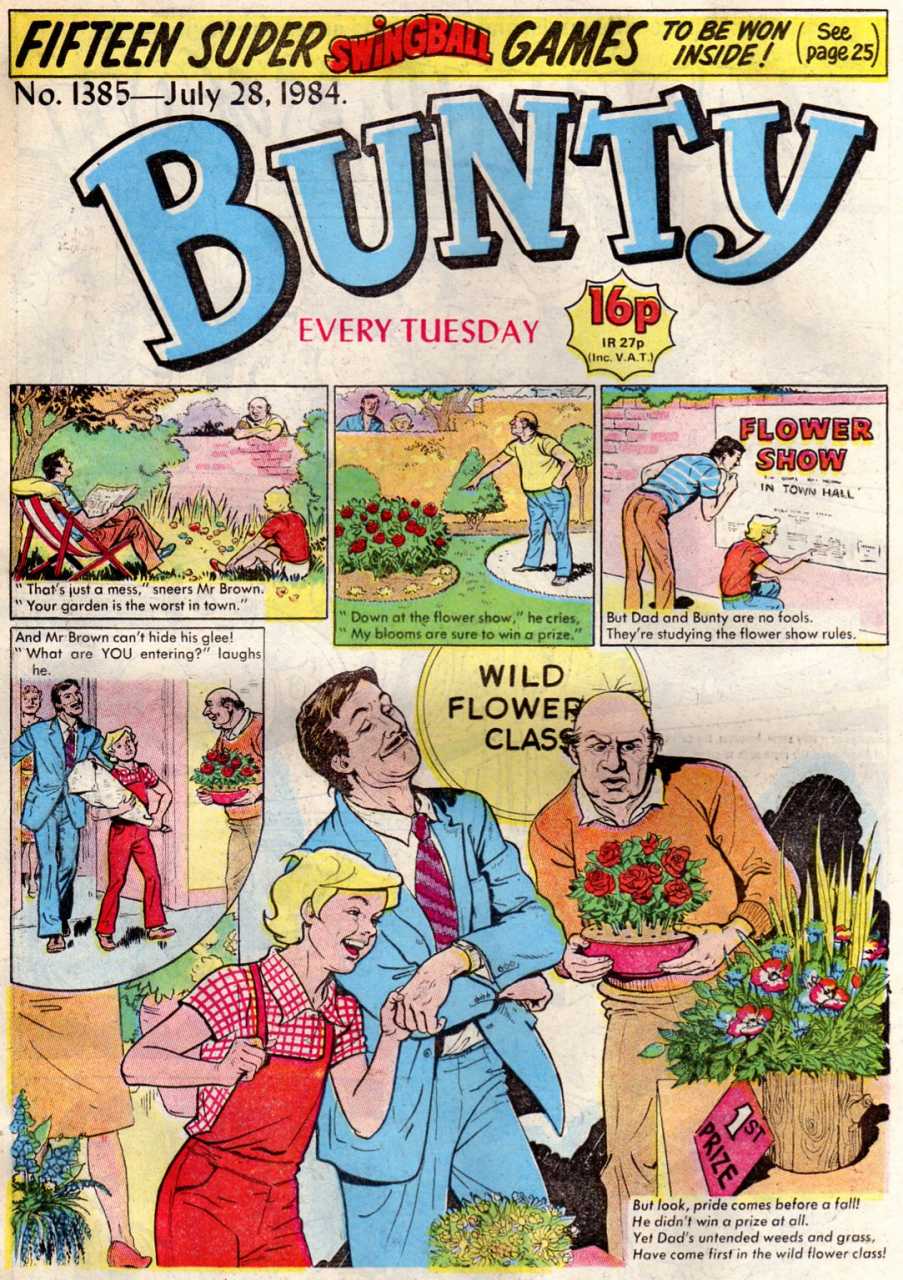

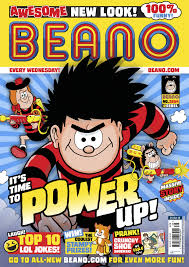 The boys had more serious comics and magazines such as The Boy’s Own Paper, The Beano, The Dandy. I guess adding a “The” made them more weighty. But then what about Buster, Topper and Beezer? Not so serious-sounding now, eh boys? As they got older, the boys progressed to The Eagle, Valiant, Look and Learn and Tiger. The Eagle was my older brother Ted’s favorite.
The boys had more serious comics and magazines such as The Boy’s Own Paper, The Beano, The Dandy. I guess adding a “The” made them more weighty. But then what about Buster, Topper and Beezer? Not so serious-sounding now, eh boys? As they got older, the boys progressed to The Eagle, Valiant, Look and Learn and Tiger. The Eagle was my older brother Ted’s favorite. Petticoat, Mirabelle and New Musical Express, as well as the women’s periodicals Woman and Woman’s Own. IPC (International Publishing Corporation) was founded in 1963, but its’ umbrella group goes back to the 1800s and covered the Suffragette Movement, two World Wars, the Swingin’ 60s and today’s revolutions. Taken over by Time Warner in 2001 and renamed Time Inc.UK in 2014, the groups periodicals include Horse and Hound, Woman’s Weekly, InStyle UK, TV Times, Woman, Country Life, Homes and Gardens and seemingly hundreds more.
Petticoat, Mirabelle and New Musical Express, as well as the women’s periodicals Woman and Woman’s Own. IPC (International Publishing Corporation) was founded in 1963, but its’ umbrella group goes back to the 1800s and covered the Suffragette Movement, two World Wars, the Swingin’ 60s and today’s revolutions. Taken over by Time Warner in 2001 and renamed Time Inc.UK in 2014, the groups periodicals include Horse and Hound, Woman’s Weekly, InStyle UK, TV Times, Woman, Country Life, Homes and Gardens and seemingly hundreds more. So did Red-eared Sliders. So-called, because they have a narrow red stripe around their ears. The ‘slider’ bit comes from their ability to slide off rocks and such into the water quickly. Then there’s the common Snapping Turtle. I learned to grab them more towards the back of the shell, because they have longer necks and would, of course, snap at me. Hence the name. They can be vicious little what-nots, craning their necks, trying to reach my fingers and glaring at me as if to say, “Leave me alone, I was on my way to the pond up by the crossroads.” Mind you, the Alligator Snapping Turtles can be huge, like some prehistoric creation. Their faces look a bit like E.T. on a bad day. My mother-in-law’s doctor had a collection of these in his garden. Some were as big as 75 lbs. Then, of course, there is the Yellow-Bellied Slider: with a yellow under-belly and sometimes yellow stripes on its’ top shell. Not to be confused with the Eastern River Cooters, who have yellow stripes, too. Here endeth the turtle lesson. See. I used to know my turtles!
So did Red-eared Sliders. So-called, because they have a narrow red stripe around their ears. The ‘slider’ bit comes from their ability to slide off rocks and such into the water quickly. Then there’s the common Snapping Turtle. I learned to grab them more towards the back of the shell, because they have longer necks and would, of course, snap at me. Hence the name. They can be vicious little what-nots, craning their necks, trying to reach my fingers and glaring at me as if to say, “Leave me alone, I was on my way to the pond up by the crossroads.” Mind you, the Alligator Snapping Turtles can be huge, like some prehistoric creation. Their faces look a bit like E.T. on a bad day. My mother-in-law’s doctor had a collection of these in his garden. Some were as big as 75 lbs. Then, of course, there is the Yellow-Bellied Slider: with a yellow under-belly and sometimes yellow stripes on its’ top shell. Not to be confused with the Eastern River Cooters, who have yellow stripes, too. Here endeth the turtle lesson. See. I used to know my turtles!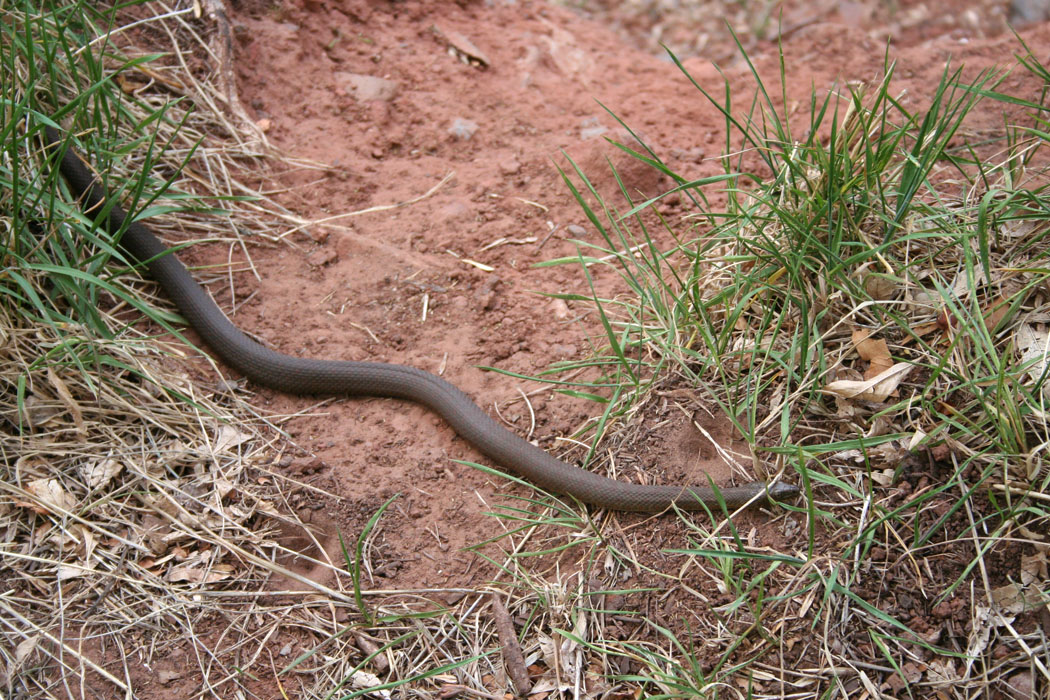 teacher. He loved all living creatures and had the most amazing knowledge, experience and affinity with them. Turtles and snakes were his favorite. We would go snake hunting, too. That’s when I usually stayed in the car. But sometimes I would have to handle the smaller ones. Or, if he found a large, wriggling snake and didn’t have a big sack to put it in, he would hold it gently out of the car-window with one hand, (careful not to injure the delicate vertebrae) while he drove – very slowly – back to the farm. He often promised (or threatened?) to take me to Death Valley in the summer, in search of the striped Rosy Boa!
teacher. He loved all living creatures and had the most amazing knowledge, experience and affinity with them. Turtles and snakes were his favorite. We would go snake hunting, too. That’s when I usually stayed in the car. But sometimes I would have to handle the smaller ones. Or, if he found a large, wriggling snake and didn’t have a big sack to put it in, he would hold it gently out of the car-window with one hand, (careful not to injure the delicate vertebrae) while he drove – very slowly – back to the farm. He often promised (or threatened?) to take me to Death Valley in the summer, in search of the striped Rosy Boa!
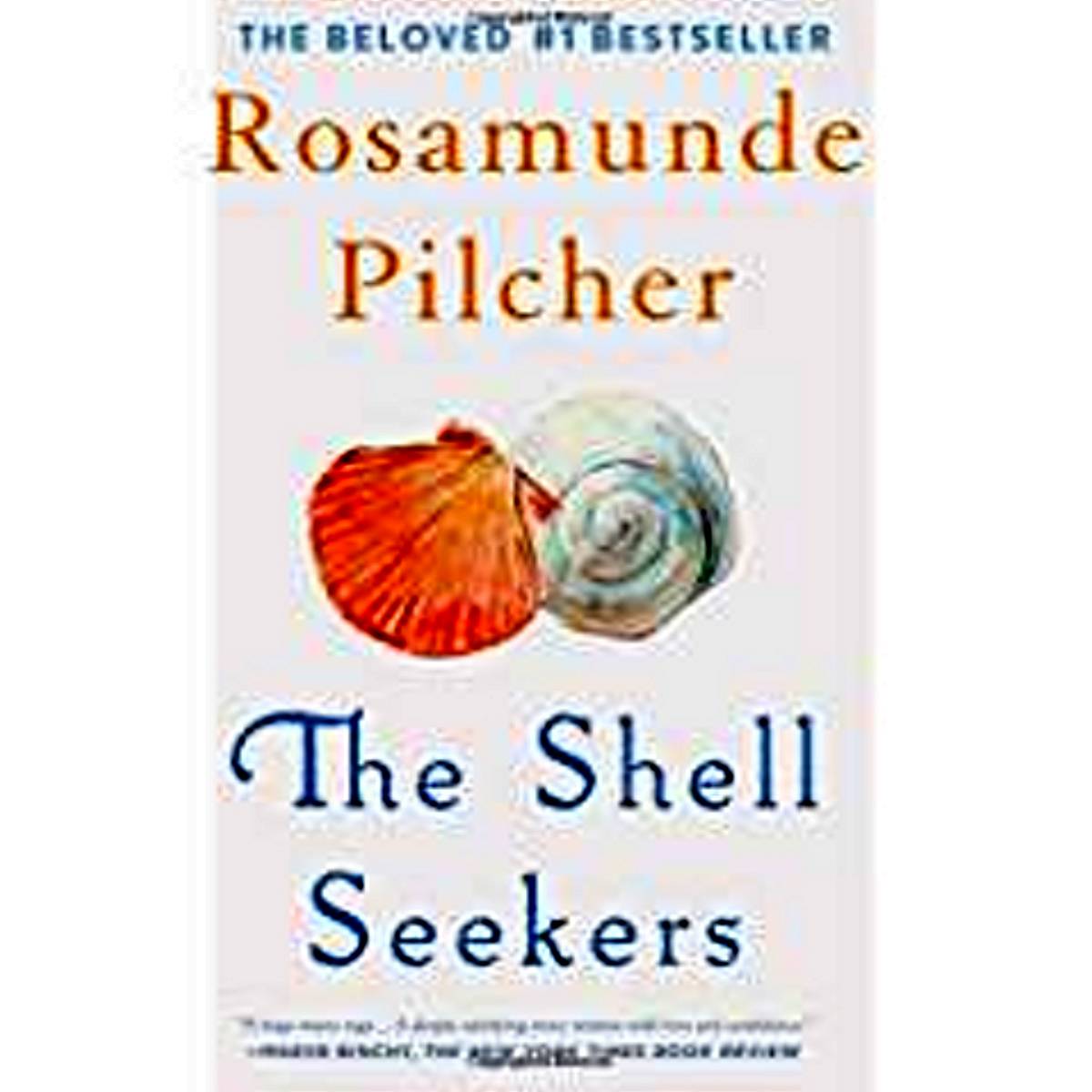 And in the middle of the night, instead of tossing and turning and sheep-counting – reach for a book. I do. I currently have a favorite Rhys Bowen novel about Molly Murphy in the turn-of-the-century New York mystery series. In a different mood, I will re-read Rosamund Pilcher’s The Shell Seekers, a Maeve Binchy novel, a Marcia Willet story, one of Carol Drinkwater’s books set in the South of France, or Victoria Hislop’s The Island and her other Mediterranean-set novels. I just love anything set in the sunny Mediterranean. No rush-hour traffic jams, no screaming police sirens, angry crowds pushing and shoving. Just gentle walks though olive grows, planning delicious simple meals, folk watching the tides come in and go out again under breath-taking sunsets. What’s not to like?
And in the middle of the night, instead of tossing and turning and sheep-counting – reach for a book. I do. I currently have a favorite Rhys Bowen novel about Molly Murphy in the turn-of-the-century New York mystery series. In a different mood, I will re-read Rosamund Pilcher’s The Shell Seekers, a Maeve Binchy novel, a Marcia Willet story, one of Carol Drinkwater’s books set in the South of France, or Victoria Hislop’s The Island and her other Mediterranean-set novels. I just love anything set in the sunny Mediterranean. No rush-hour traffic jams, no screaming police sirens, angry crowds pushing and shoving. Just gentle walks though olive grows, planning delicious simple meals, folk watching the tides come in and go out again under breath-taking sunsets. What’s not to like? Although my all-time favorite remains the childhood classic, Heidi, by Johanna Spyri, about the little girl who goes to live with her grandfather in the Swiss mountains. Some years ago I learned to refocus my mind while in the dentist’s dreaded chair – and would whisk myself off to that Swiss mountain side with Heidi and her goat-herd friend Peter.
Although my all-time favorite remains the childhood classic, Heidi, by Johanna Spyri, about the little girl who goes to live with her grandfather in the Swiss mountains. Some years ago I learned to refocus my mind while in the dentist’s dreaded chair – and would whisk myself off to that Swiss mountain side with Heidi and her goat-herd friend Peter. The author of Best Selling non-fiction Hollywood Then and Now and Los Angeles Then and Now, English born ROSEMARY LORD has lived in Hollywood for over 25 years. As an actress, her credits include Monty Python, Rivals of Sherlock Holmes, Days of Our Lives, L.A. Heat and more. She did voice-work on Titanic, Star Trek, Shakespeare In Love, The Holiday and Pirates of the Caribbean amongst many others. A former journalist, she is published in many magazines such as Woman’s Journal, Atlantic Review, Woman, Films & Filming, Jackie, Field newspapers and more in the UK, USA and Australia, where she wrote about Hollywood’s Golden Age, interviewing such luminaries as Cary Grant, James Stewart, Tony Hopkins, John Huston. She was a Senior Publicist at Columbia Pictures. Rosemary lectures on Hollywood history and is the Historian of the Woman’s Club of Hollywood. She is a member of MWA, Sisters-in-Crime, SAG, BAFTA and contributes to The Writers In Residence Blog.
The author of Best Selling non-fiction Hollywood Then and Now and Los Angeles Then and Now, English born ROSEMARY LORD has lived in Hollywood for over 25 years. As an actress, her credits include Monty Python, Rivals of Sherlock Holmes, Days of Our Lives, L.A. Heat and more. She did voice-work on Titanic, Star Trek, Shakespeare In Love, The Holiday and Pirates of the Caribbean amongst many others. A former journalist, she is published in many magazines such as Woman’s Journal, Atlantic Review, Woman, Films & Filming, Jackie, Field newspapers and more in the UK, USA and Australia, where she wrote about Hollywood’s Golden Age, interviewing such luminaries as Cary Grant, James Stewart, Tony Hopkins, John Huston. She was a Senior Publicist at Columbia Pictures. Rosemary lectures on Hollywood history and is the Historian of the Woman’s Club of Hollywood. She is a member of MWA, Sisters-in-Crime, SAG, BAFTA and contributes to The Writers In Residence Blog.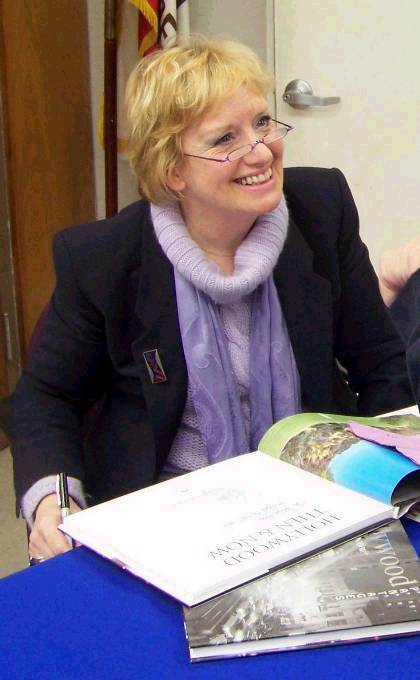 Rosemary wrote her first book when she was ten years old – for her little brother. She also illustrated it herself. It was later rejected by Random House!
Rosemary wrote her first book when she was ten years old – for her little brother. She also illustrated it herself. It was later rejected by Random House! Then someone told me about “Org. Charts”… Online Organizational Charts that are supposed to make your life easier. Some of the versions can be very expensive, I was told. I was excited. Perhaps this is the magical cure I had been seeking?
Then someone told me about “Org. Charts”… Online Organizational Charts that are supposed to make your life easier. Some of the versions can be very expensive, I was told. I was excited. Perhaps this is the magical cure I had been seeking?
You must be logged in to post a comment.